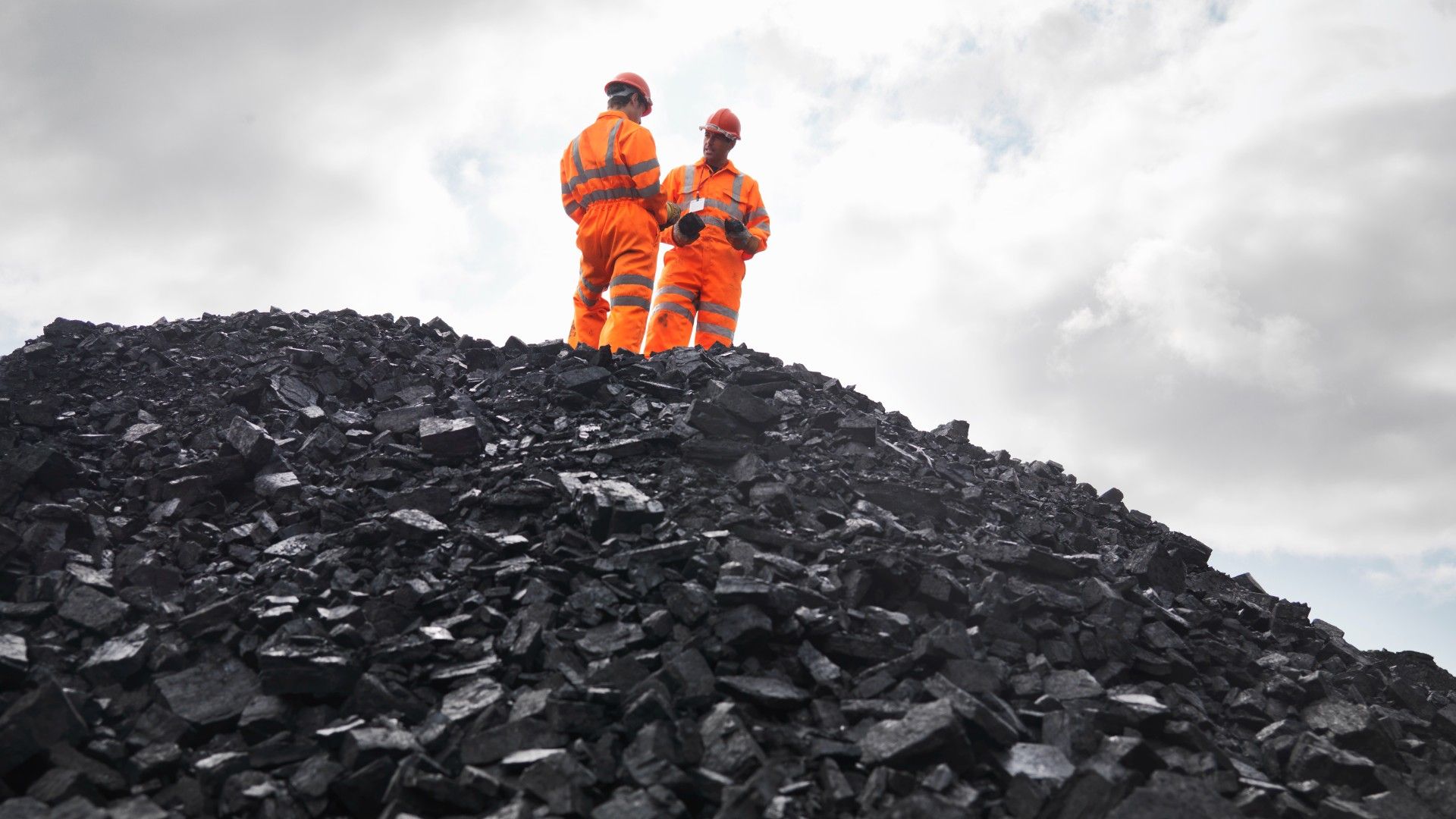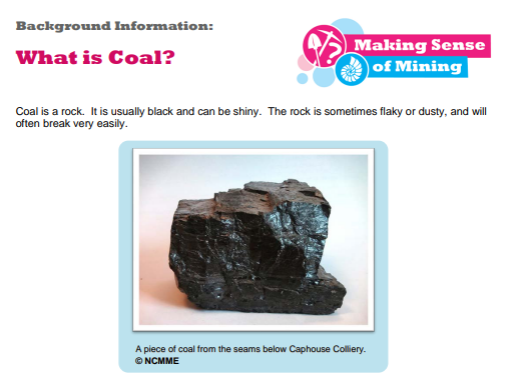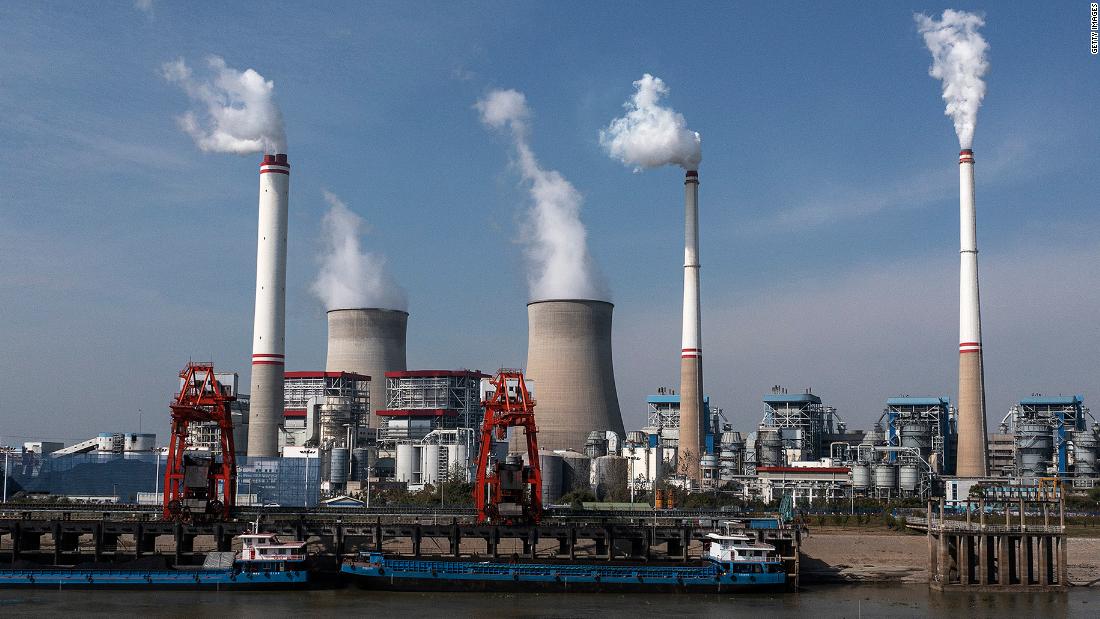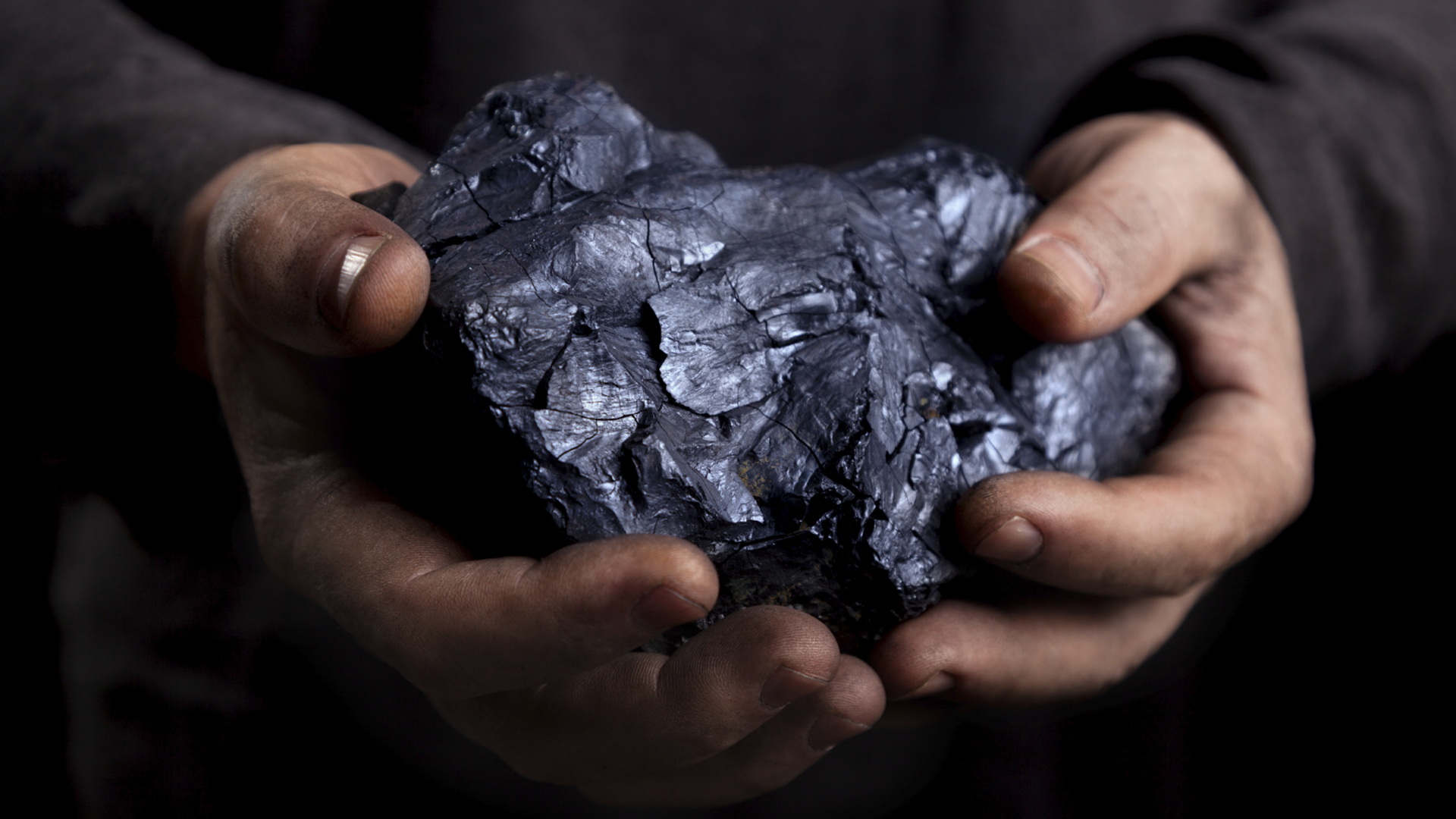Table of Contents
- Beyond coal: facilitating the transition in Europe
- Coal Fossil Fuels Top Sellers | emergencydentistry.com
- Coal is burning out fast as a fossil fuel in Europe | World Economic Forum
- OPINION – Ontario’s coal phase-out was all for nothing - NetNewsLedger
- How does coal form? | Live Science
- What is Coal? - National Coal Mining Museum
- Enegry: The world could burn a record amount of coal next year despite ...
- What is coal? - Origin Energy
- Peak Coal as Early as 2025 - CleanTechnica
- Coal - Wikipedia



What is Coal?



Coal Production and Consumption in the United States



Uses of Coal
Coal is a versatile fossil fuel with a range of applications. The EIA highlights the following primary uses of coal: Electricity generation: Coal is used to generate approximately 20% of the world's electricity, making it a crucial component of the global energy mix. Industrial processes: Coal is used as a fuel and feedstock in various industrial processes, such as steel production and cement manufacturing. Heating and cooking: Coal is used as a fuel for heating and cooking in some parts of the world, particularly in developing countries.